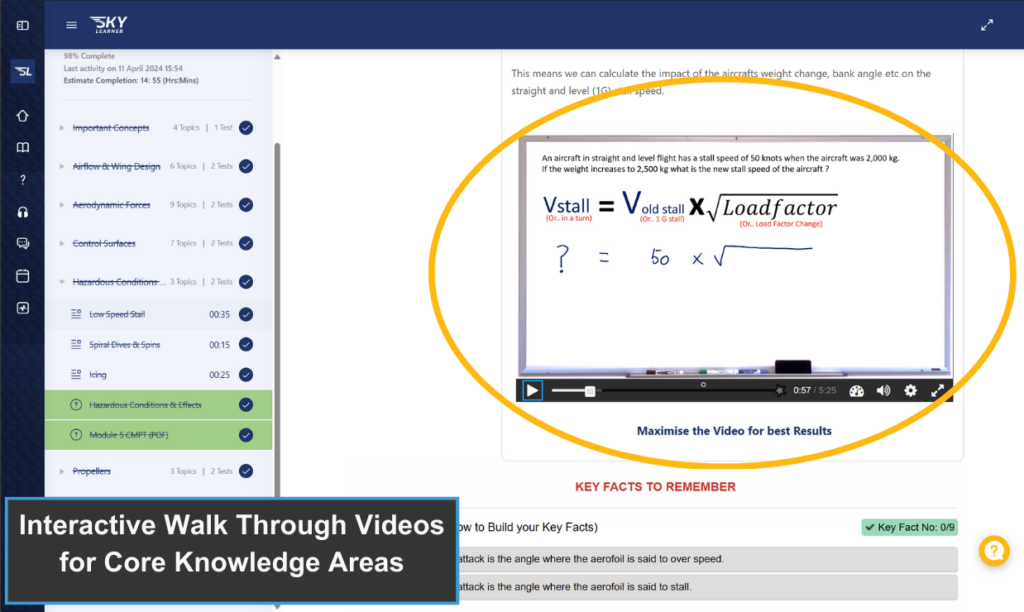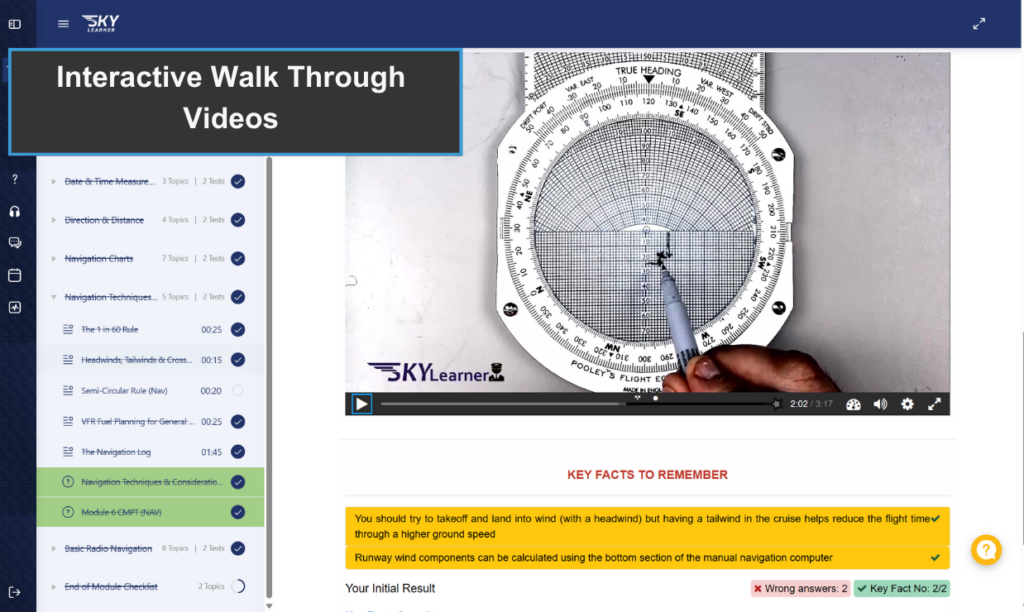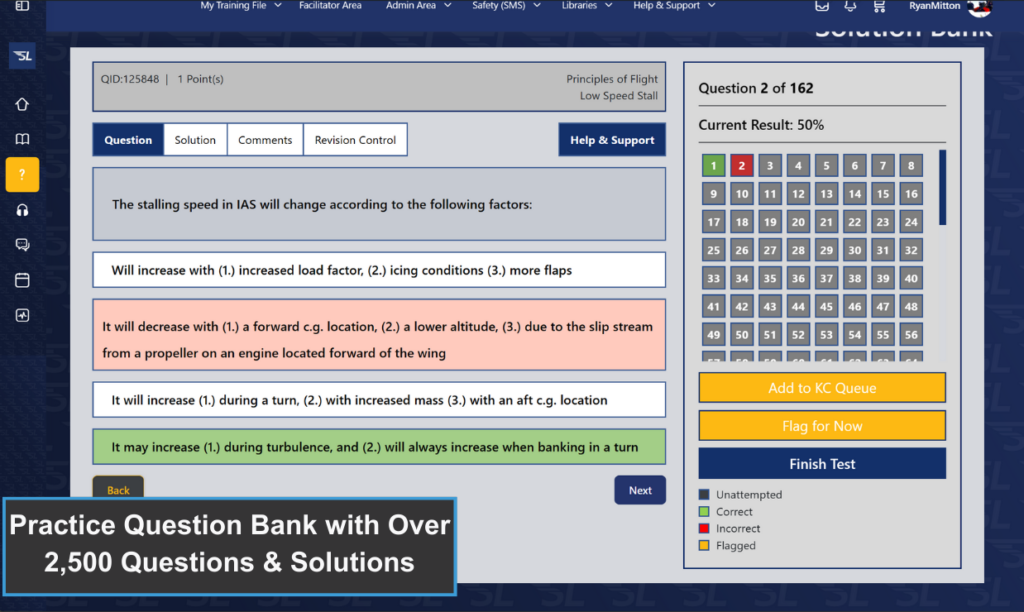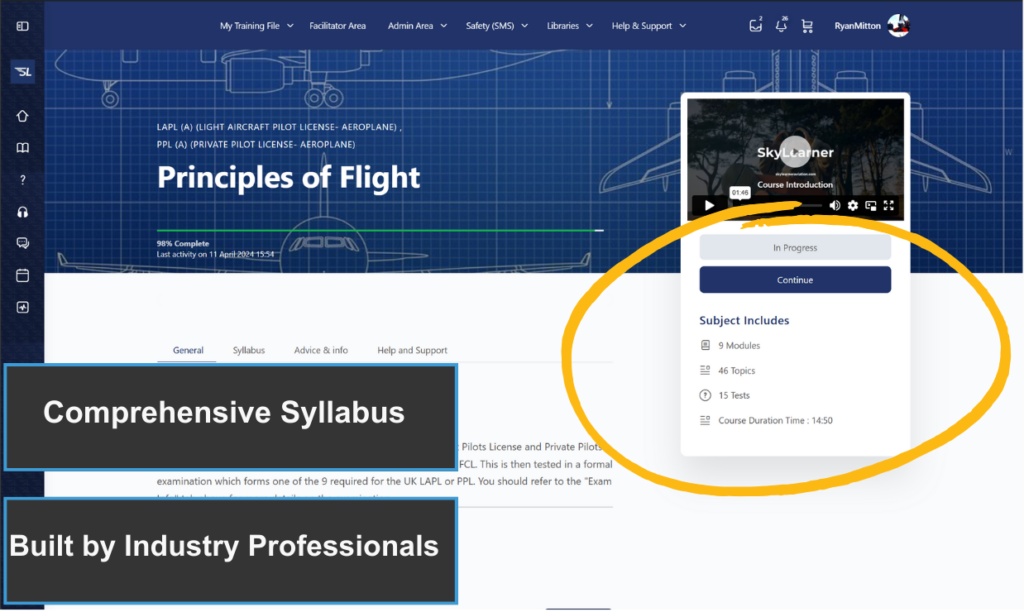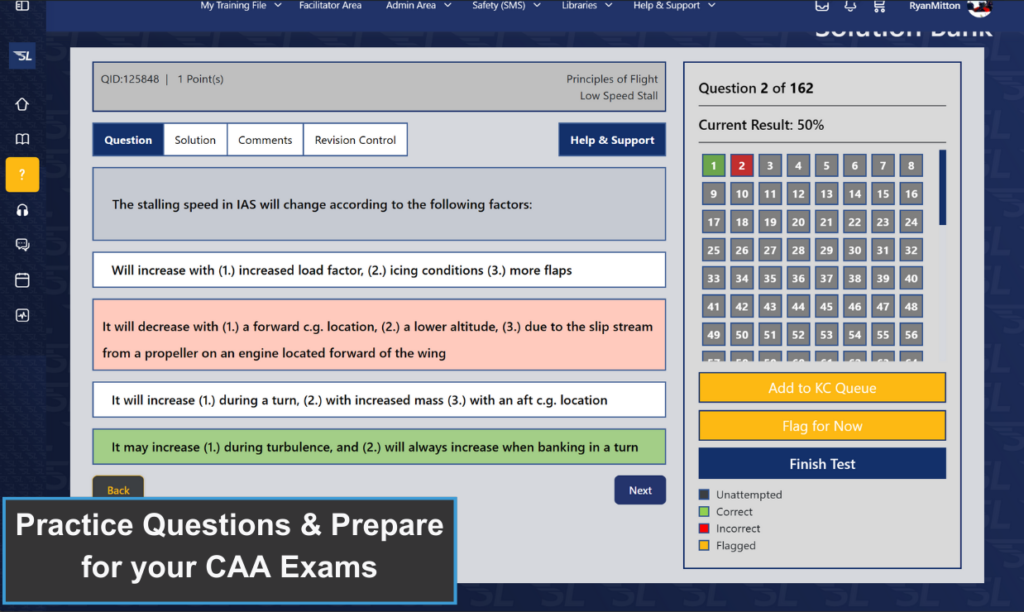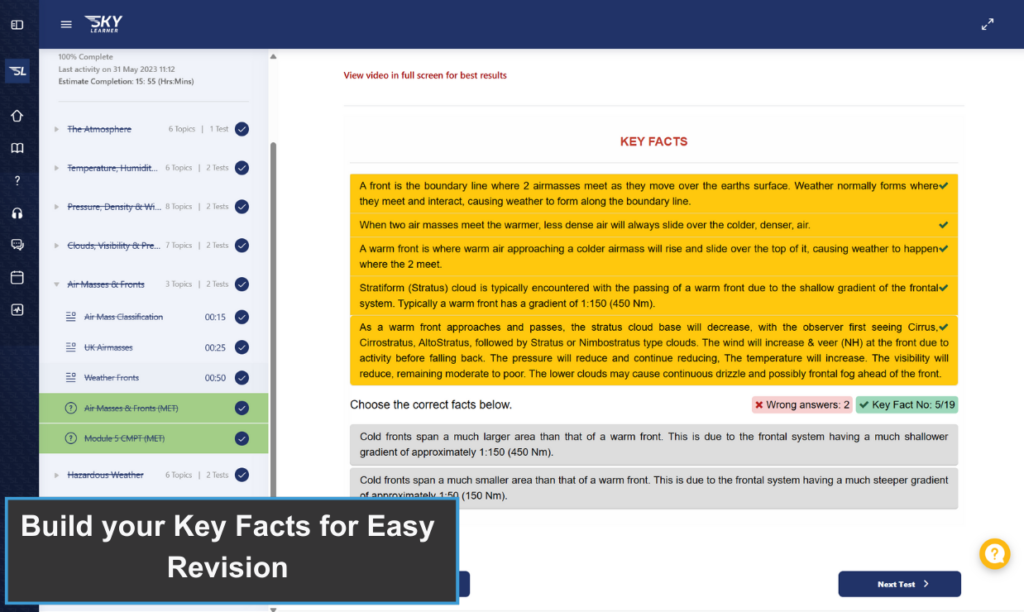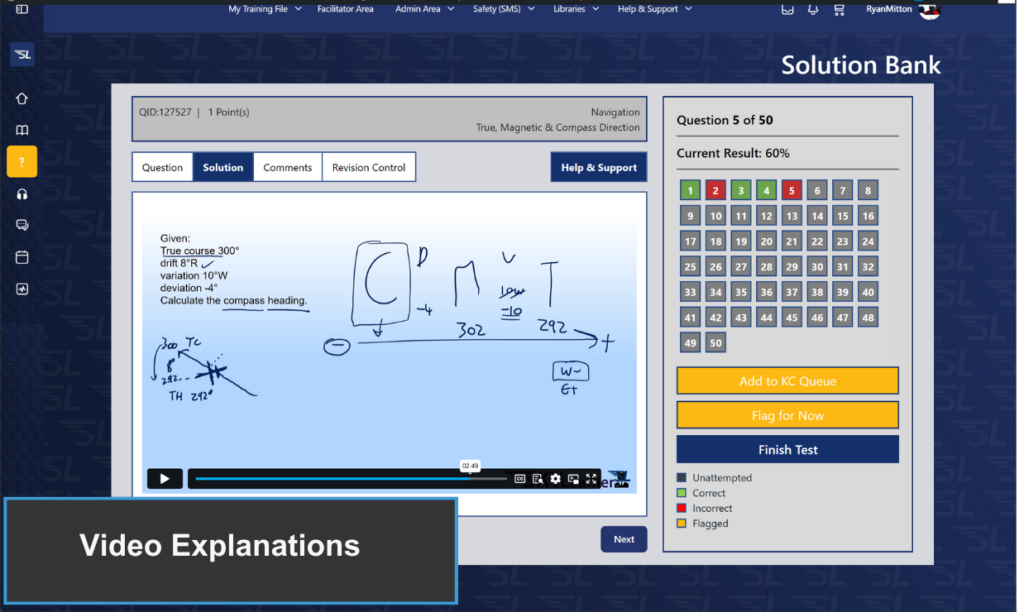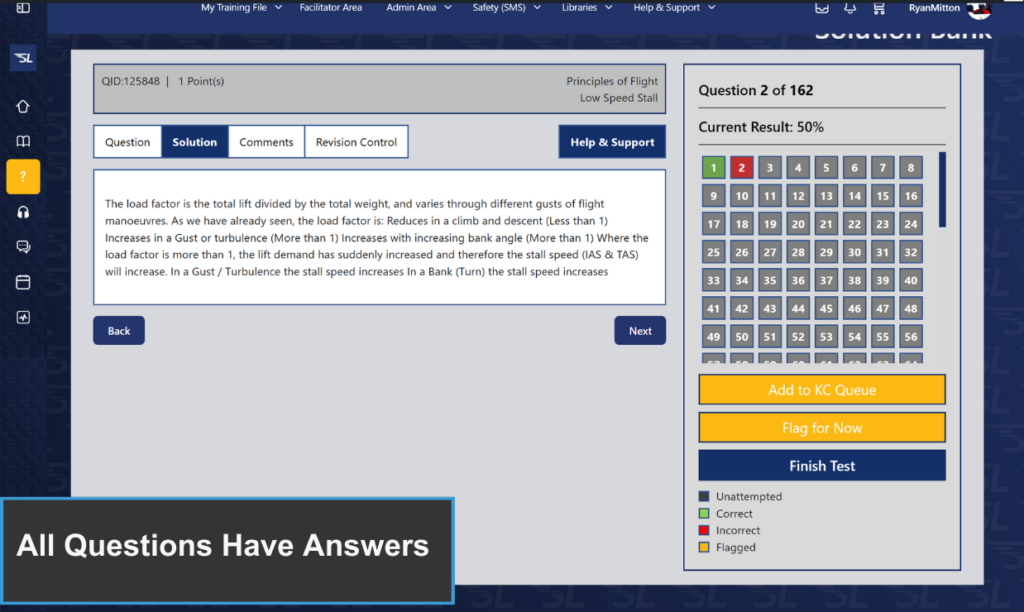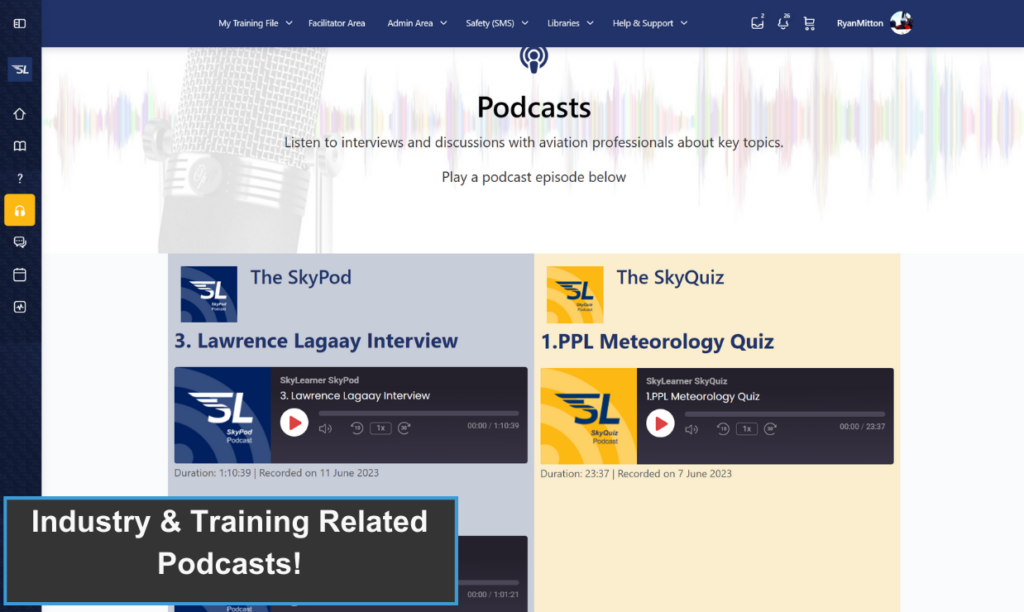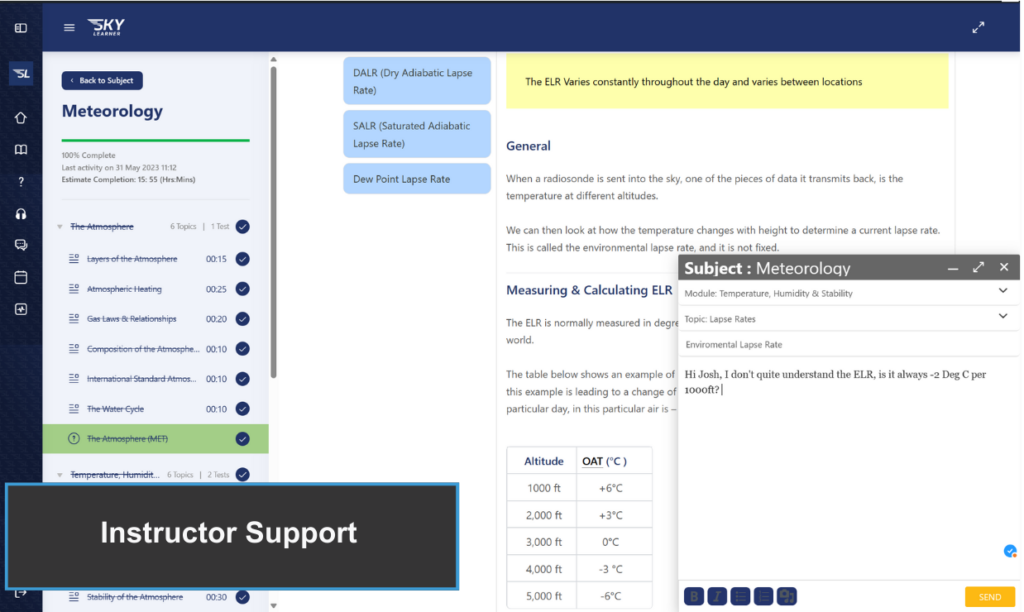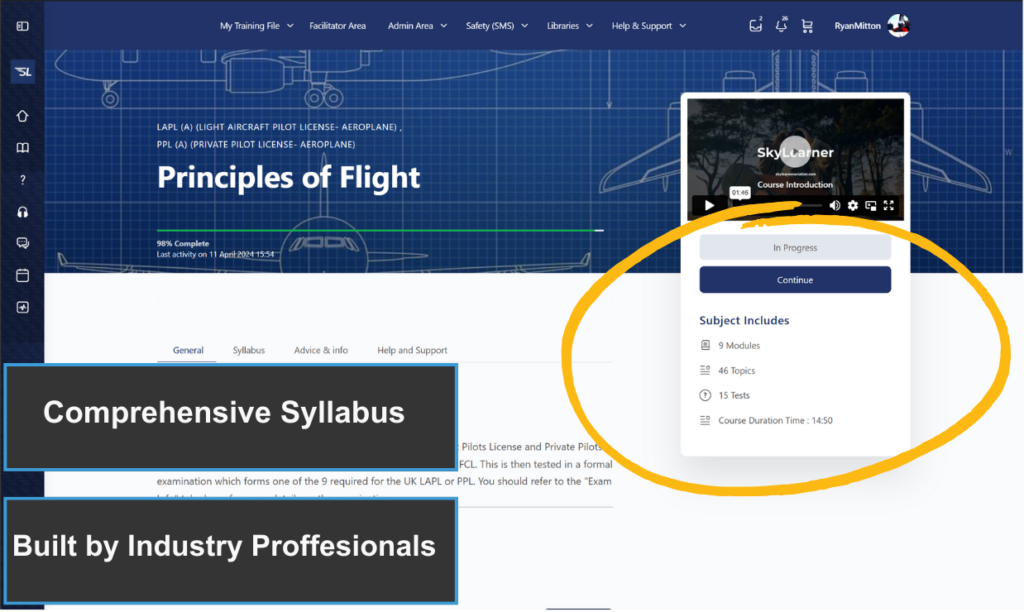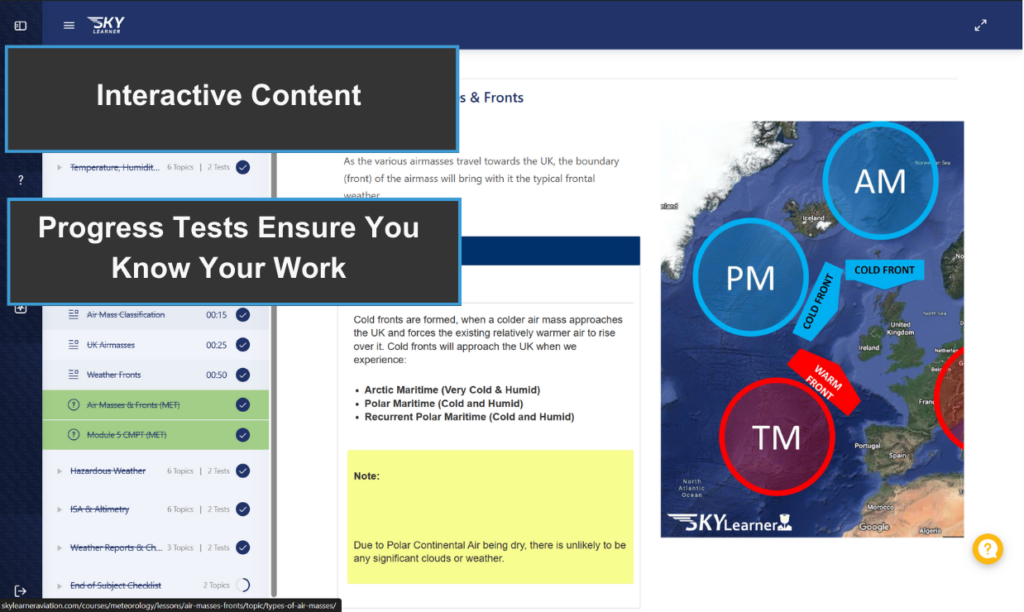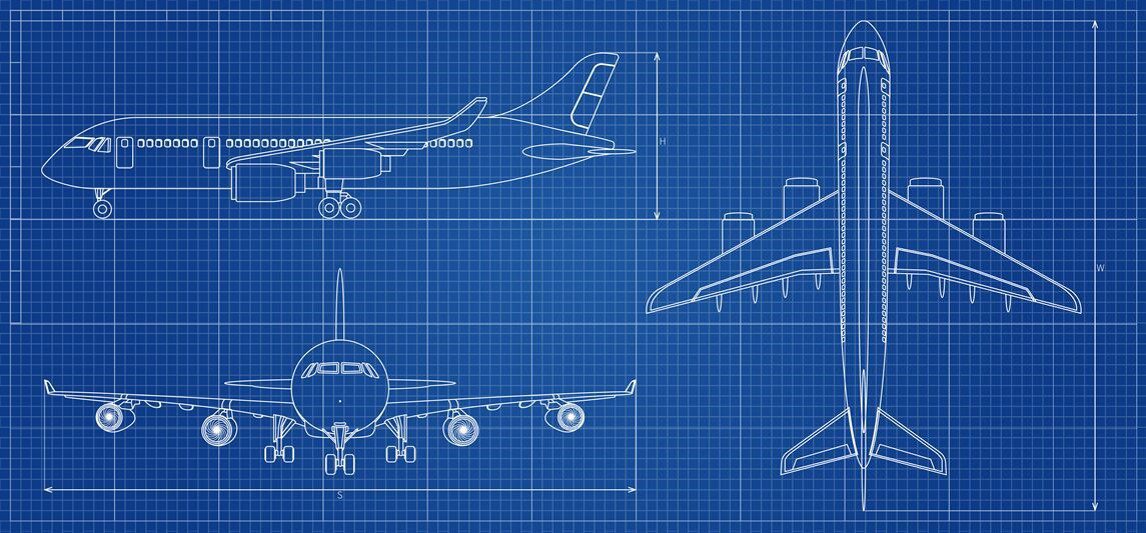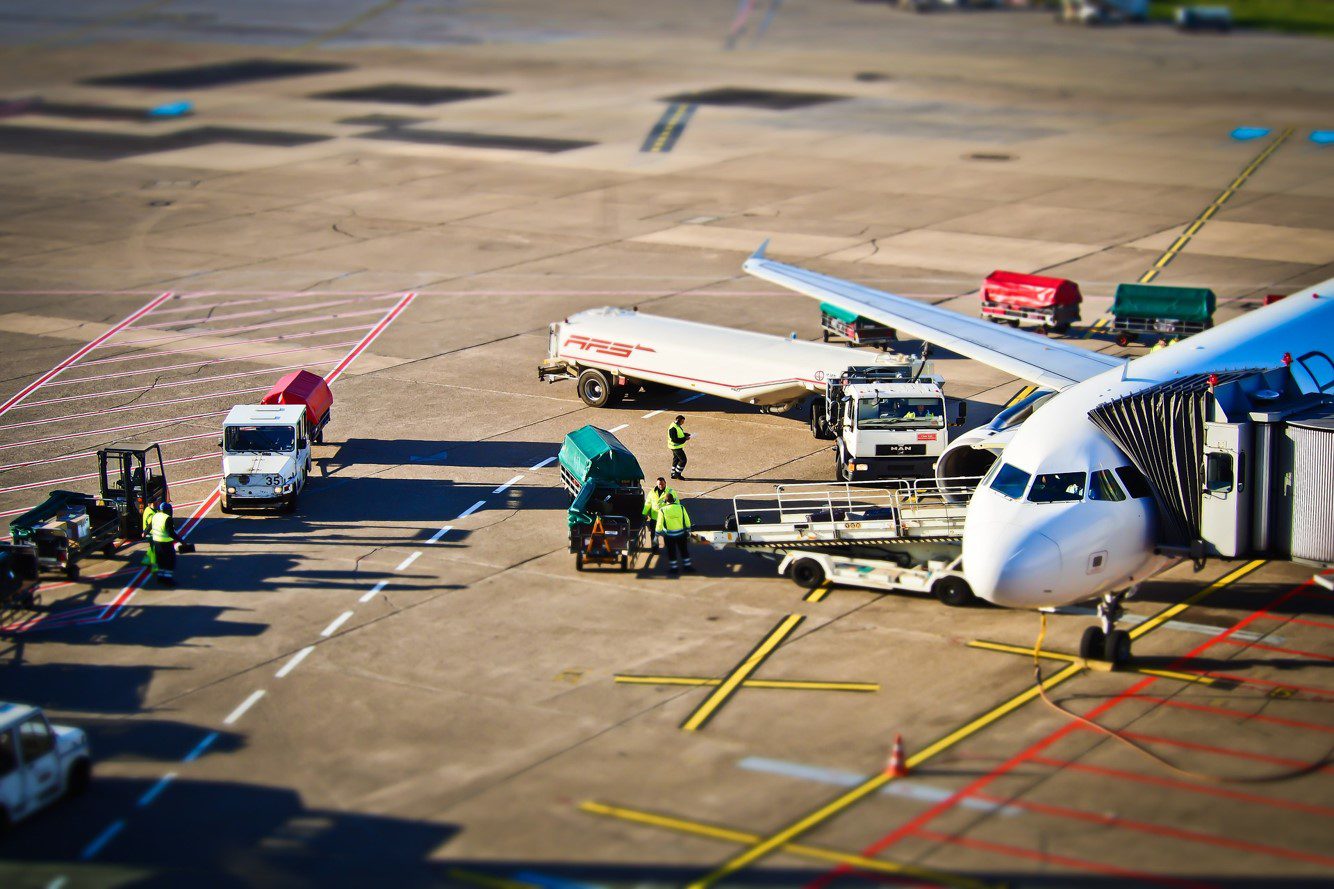
Online PPL Aircraft General Knowledge Theory Course
Don’t just bank it, understand it!, With SkyLearners’, easy to use, interactive and regularly updated learning material, combined with practice questions, detailed question bank and instructor support, you can get on the fast track to understand PPL AGK and pass your exam.
What is PPL Aircraft General Knowledge?
Sneak Peek
What you get with SkyLearner
Just 6 Easy Steps to Pass PPL Aircraft General Knowledge
Step 1
Step 2
Step 3
Step 4
Step 5
Who should do this course?
Whether you are a NEW PPL STUDENT pilot, struggling to understand Aircraft General Knowledge and PASS the CAA EXAM, or an existing PPL Licence holders who wants a better understanding of Aircraft General Knowledge, to become a safer pilot, you will find the help and support you need with our PPL AGK course.
Pricing Plans
- ALL Learning Material
- ALL Question Bank & Solutions
- ALL Practice exams
- ALL Revision Key Facts
- FREE Online Instructor Support Chat
- FREE Premium 1 to 1 Instructor Video Calls
- FREE Access to ALL SkyLearner Online Courses
- AGK Learning Material
- AGK Question Bank & Solutions
- AGK Practice exams
- AGK Revision Key Facts
- FREE Online Instructor Support Chat
- ALL Learning Material
- ALL Question Bank & Solutions
- ALL Practice exams
- ALL Revision Key Facts
- FREE Online Instructor Support Chat
- FREE Premium 1 to 1 Instructor Video Calls
- FREE Access to ALL SkyLearner Online Courses
- AGK Learning Material
- AGK Question Bank & Solutions
- AGK Practice exams
- AGK Revision Key Facts
- FREE Online Instructor Support Chat
- ALL Learning Material
- ALL Question Bank & Solutions
- ALL Practice exams
- ALL Revision Key Facts
- FREE Online Instructor Support Chat
- FREE Premium 1 to 1 Instructor Video Calls
- FREE Access to ALL SkyLearner Online Courses
- AGK Learning Material
- AGK Question Bank & Solutions
- AGK Practice exams
- AGK Revision Key Facts
- FREE Online Instructor Support Chat
PPL Syllabus and Subjects

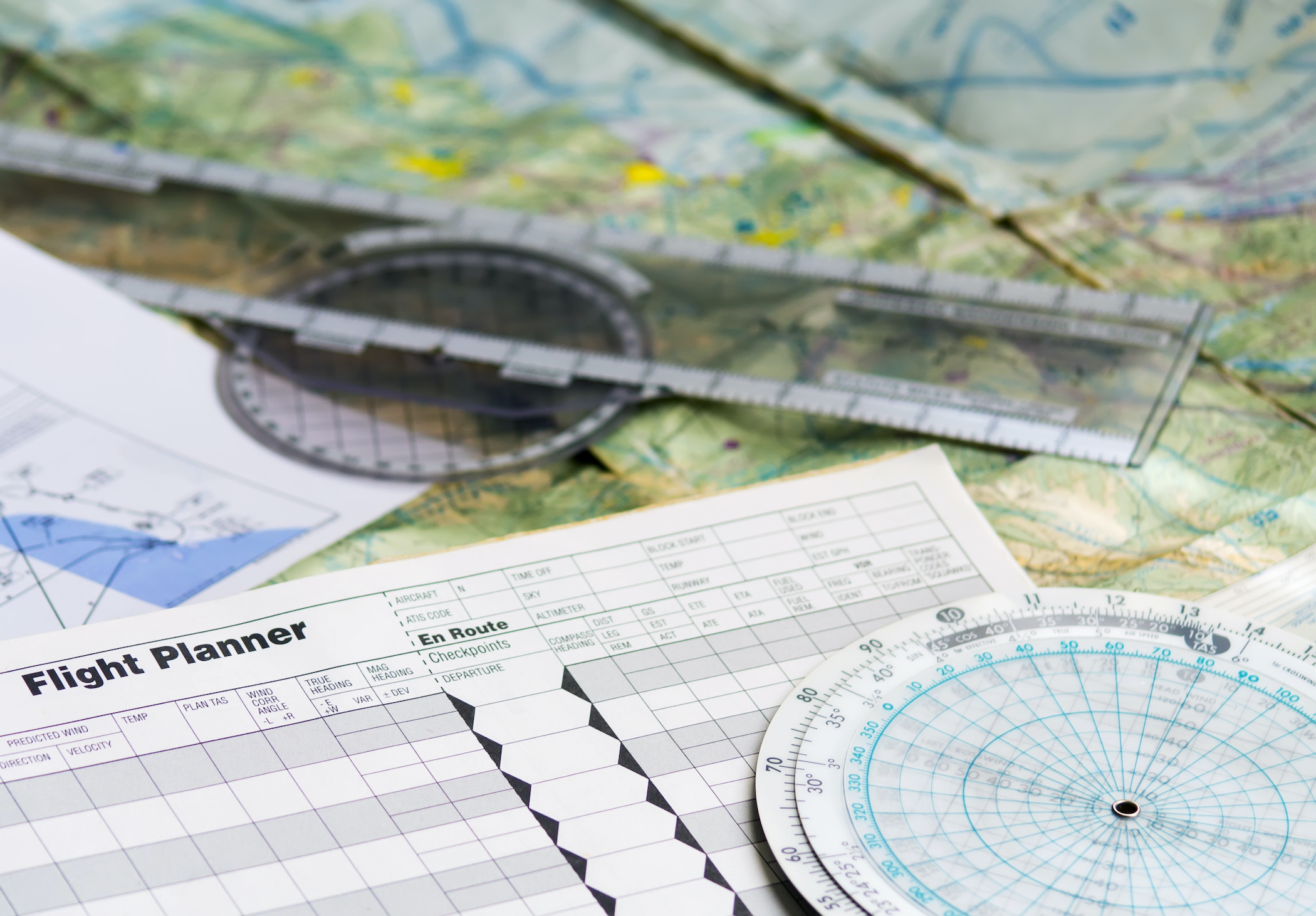

How students find the CAA PPL Aircraft General Knowledge Exam
CAA Exam Structure & Layout
- 16 Questions | 35 minutes
- Completed at your local flight school using a PC or Tablet
- Maximum 4 attempts
- 75% Pass mark
Our Advice to Students
The question breakdown is approximately a 70/30 split between facts and application of knowledge to answer a more detailed question, such as a scenario.
We recommend you study for AGK, after you have looked at meteorology and principles of flight. This is to allow early exposure to some physics concepts before adding a technical layer.
How to Become a Private Pilot
We have discussed how to become a PPL holder in various Q&A articles, but we have boiled it down to the essential steps below. Remember if you are unsure about anything, just contact us.
Your basic steps to a UK PPL
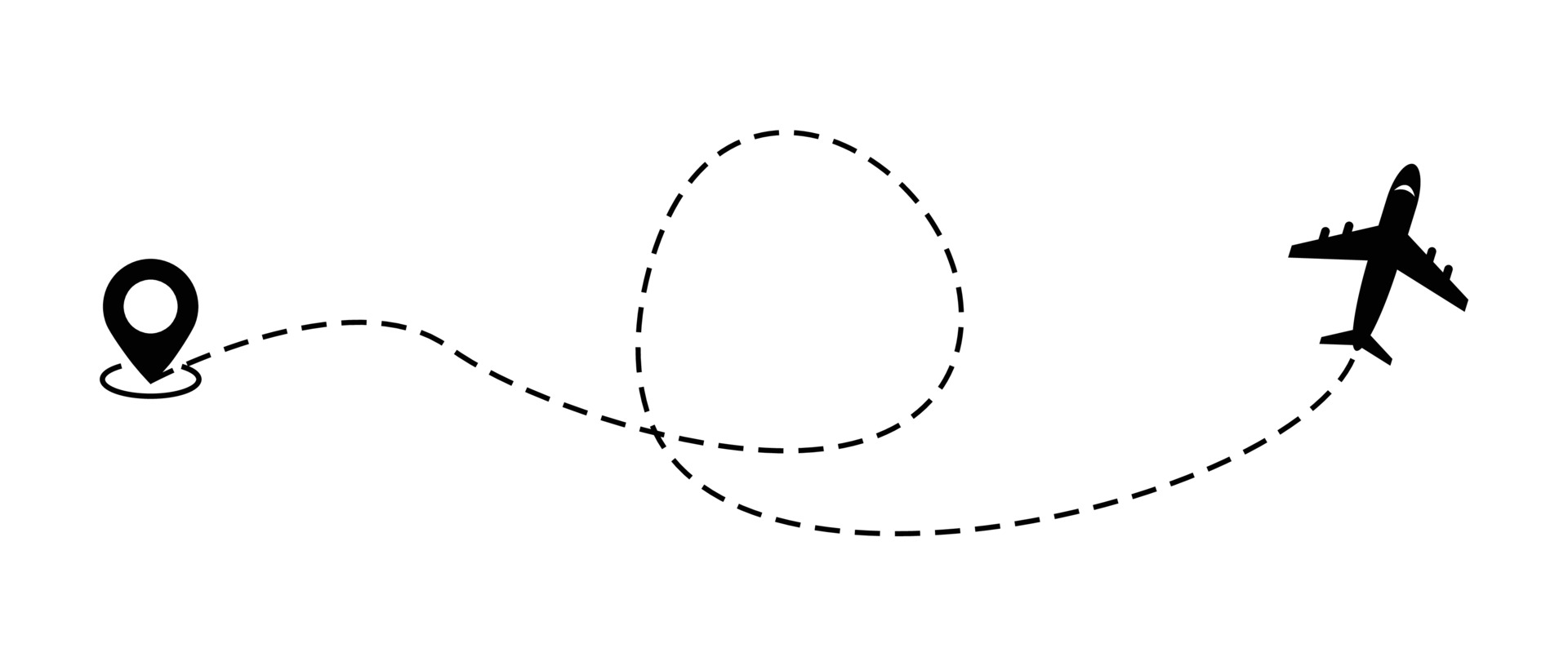
A Private Pilot Licence allows the holder to fly friends and family for non commercial purposes. It can also be a stepping stone to a higher license such as a commercial pilot license.
Josh Van Rietvelde | Head of TrainingTrial Flight
The trial flight, is the first step and involves you booking a short experience flight in a light aircraft to experience general aviation flying. You may already know a pilot who can make a recommendation to you for a location near you offering trial flights, or you can simply "google" a few near you and compare the pricing.
While these gift vouchers are often offered for various duration lengths, we would recommend a minimum 1-hour-long experience, as this helps you experience handling the aircraft and getting a little bit further from the airport normally. Make a day of it and book a 4 seater, and take a loved one along with you for this awesome experience.
Remember that general aviation is affected heavily by the weather, so be prepared to have your slot rescheduled if the weather turns into a wet "British" summer's day.
Medical
As pilots operate in a demanding environment, one of the requirements is to make sure you are mentally and physically fit enough to safely operate. This will involve you undertaking a UK pilot medical examination at a UK CAA approved AME (Aviation Medical Examiner).
There are 2 main classes of medical possible for those wanting to get a PPL. These are:
- Class 1 Medical - More Detailed
- Class 2 Medical-Less Detailed
The Class of medical you obtain for your PPL, really depends upon your own personal plans. If you are aiming to get your PPL and keep your flying as a hobby only, then a class 2 medical is more than sufficient. If on the other hand, you are interested in continuing your flying towards a commercial pilot career, then you will require a Class 1 medical eventually, and we suggest that you start with it to make sure there are no medical barriers.
The medical licence has an initial examination and then a recurrent examination, the duration depending on whether you have a class 1 class 2 as well as your age, and you can get full details from the CAA website medical section, where you can also find out detailed information regarding how to boom your medical, and the assessment itself.
While there are many myths surrounding pilot medicals, modern medicine has progressed sufficiently, to allow many people with common problems or medical conditions to obtain a medical certificate and hold a pilots' licence. It is extremely important, however, to get the pilot licence medical early in your training to help ensure there are not any medical issue which may prevent you continuing.
Exams
As part of your PPL Licence you are required to pass 9 written exams covering:
- Human Performance & Limitations
- Meteorology
- Principles of Flight
- Aircraft General Knowledge
- Air law
- Operational Procedures
- Communications
- Navigation
- Flight Planning & Performance
These exams require you to study content, practice questions and once ready pass an exam. The exams are multiple choice and have a 75% pass mark, with the durations listed below in our FAQ section. These exam sittings are controlled by the UK Civil Aviation Authority, and can be attempted at your local flying school or club.
Once you attempt your first exam, regardless of the result you have a period of 18 months to pass all the 9 exams, and these will all remain valid for a period of 24 months following the last exam pass.
It is important to appreciate that these exams are laying the foundation of theory knowledge that you can then apply to your practical flying and gain greater understanding, becoming a safer and more competent pilot.
Some people choose to sit their exams completely before starting any official flying lessons, some choose to do a chunk of flying lessons, then focus on theory, while others do the theory and practical aspects side by side. In general, we recommend that a student completes their PPL exams as they complete the practical flight training, taking advantage of those bad weather days to study. At SkyLearner, our system combines your ;earning material, practice tests, question bank and ground school support all in one, and replaces the need for multiple different systems, and guiding you through your PPL theory content.
Flying Lessons
It's time to handle an aeroplane (and spend the big money). Your PPL flying lessons focus on following a core syllabus of practical exercises, which will cover manoeuvres, takeoff and landings, navigating from A to B etc. These flying lessons will instil the core skills needed to safely fly an aircraft, and will help develop your theory knowledge into practical application.
The regulations require that you do a minimum of 45 hrs total time, however in reality most pilots in the UK take longer than this due to a number of factors, and generally we see this number as closer to 60 hrs, so make sure you budget for at least 60 hrs.
To keep your practical lessons within budget and get the most out of them, at SkyLearner we advise students to:
- Prepare for your lesson the day before, reading over any relevant concepts and reviewing the details of the previous flight.
- Mentally fly the lesson the day before, rehearsing any memory actions or procedures.
- Space your lessons to no more than 1 week apart where possible (twice a week is ideal), and if you get weather disrupted, rebook to as near a date as possible.
- Make sure you have a good understanding of the theory concepts applicable to the lesson, and arrive to the lesson prepared and armed with any questions
- Keep on top of your theory exams and do not let them pass up to a point you are forced to pause your practical flying, in order to continue progressing. Aim to have them all complete by the time you reach 30 hrs of flying.
Radio Telephony Oral
As part of your training, you will begin learning to use the phraseology that pilots use to communicate with ATC and other aircraft over the radio. This will take some time to get used to, and while 1 of your 9 PPL theory exams is communications, this only covers the theory part of the radio licence, which you will be issued as a separate licence alongside your PPL once you apply.
This means that you need to demonstrate that you can safely use the radio equipment, and adhere to standard phraseology and regulations regarding aviation radio telephony.
Towards the end of your practical training but before booking your practical flying skills test, you will book an oral examination with a UK CAA approved RT examiner. This is normally arranged by your flying school.
During this test, you will put on headsets and speak with the RT examiner, who will play the role of ATC, other aircraft etc, and you will be tasked to safely follow radio procedures along a fictional route, as determined by the RT examiner.
For more details, visit the UK CAA FRTOL section.
Practical Flying Test (PPL Skills Test)
Once you have achieved the minimum hour requirements, completed the required training and have satisfactorily demonstrated to your instructor that you are safely able to complete a PPL flight, with you as a commander, your flight school will recommend you to a local flight examiner.
The flight examiner, may be someone you do not know, or may be a regular examiner at your flying school, Either way you now need to demonstrate that you can:
- Safely plan a flight using all available information.
- Fly safely from A to B adhering with laws and procedures, and with acceptable tolerances.
- Safely carry out a set of recovery procedures and manage non-normal and emergency situations, such as engine failures.
- Make effective and safe decisions to keep yourself and others safe.
Once you have completed this, you will now be able to apply to the UK CAA for your PPL, and once received can take your friends and family flying for recreational purposes.
Frequently Asked Questions
Yes!, We call our questionbank the “Solutionbank” because we always work hard to provide explanations to our every expanding set of questions. We regularly update the questions and are always available to answer any followup questions.
This one really depends on you, whether you choose our self study, we will always aim to support your goals.
The typical time frame to learn PPL Aircraft General Knowledge to a comfortable level is around 20 hours, when you take into account question practice.
Nope…
However, due to it being a more technical subject, we often recommend that people complete other subjects which will promote some core physics concepts before starting AGK.
Having said that, If you are a more technically inclined person, then AGK can be a great icebreaker.
A Private Pilot License (Aeroplane), is a license designed to allow you to take your friends and family flying. Although the PPL license is designed for hobby flying, it is often used as a stepping stone towards a commercial pilot license.
In order to gain a PPL you need to:
- Hold a class 1 or class 2 pilot medical
- Complete a minimum of 45 hours total flying time
- Successfully pass the 9 x PPL theory examinations of :
- Human Performance & Limitations
- Meteorology
- Principles of Flight
- Aircraft General Knowledge
- Airlaw
- Operational Procedures
- Navigation
- Flight Planning & Performance
- Communications
- Pass a practical skills test with a flight examiner
There are 9 PPL exams, one in each of the 9 subjects. The LAPL uses the same exams as PPL.
- All questions are Multiple choice or dropdown answers
- You must pass each exam within 4 attempts, otherwise all exams need reattempted.
- You have a maximum of 18 months from the date of your first exam attempt to pass all 9 exams. Once you pass all 9 exams, you have 24 months to successfully pass the LAPL practical skills test.
- Each exam has a pass mark of 75%
Exam details
- Meteorology | 16 Questions | 0:50 mins
- Human Performance & Limitations | 12 Questions | 0:25 mins
- Principles of Flight | 12 Questions | 0:35 mins
- Aircraft General Knowledge | 16 Questions | 0:35 mins
- Airlaw | 16 Questions | 0:35 mins
- Operational Procedures | 12 Questions | 0:30 mins
- Navigation | 12 Questions | 0:45 mins
- Flight Planning & Performance | 12 Questions | 0:45 mins
- Communications | 12 Questions | 0:20 mins
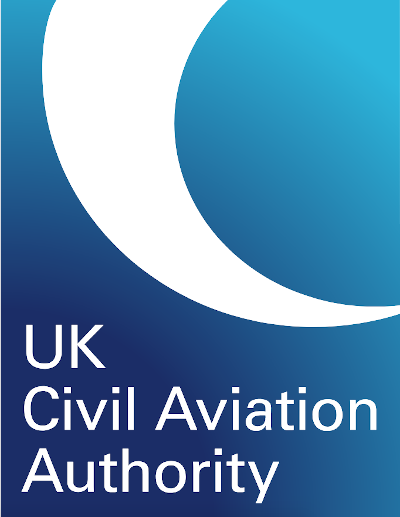
UK CAA Approved Training
SkyLearner Aviation is an approved training organisation (ATO), recognised by the UK Civil Aviation Authority.
GBR.ATO.0522



